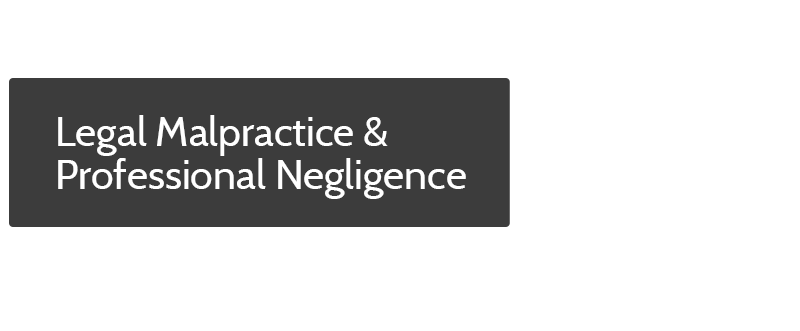Tag Archives: California attorneys
How Does an Attorney Apply for Pro Hac Vice Admission in California?
WHAT IS THE PROCESS TO GAIN PRO HAC VICE ADMISSION IN CALIFORNIA? An attorney licensed in a U.S. state or territory other than California, who wishes to appear as counsel on a pro hac vice basis in a California superior court must file (a) a verified application and (b) proof of service by mail… Read More »
Res Ipsa Loquitur – Inferring Causation in Negligence Cases
Plaintiffs Generally Must Prove All Elements Of A Case With Legally Admissible Evidence. Generally speaking, an injured plaintiff must prove all elements of his or her case in order to prevail. In negligence cases, this means proving: (1) the existence of a legally-recognized duty, (2) the defendant’s breach of that duty, (3) recoverable damages,… Read More »
Tolling the Statute of Limitations on Malpractice
WHEN DOES A CLIENT “DISCOVER” LEGAL MALPRACTICE FOR PURPOSES OF THE STATUTE OF LIMITATIONS? A client has “discovered” an attorney’s malpractice for statute of limitations purposes when the client knows or should have known about the lawyer’s wrongful act or omission. The client does not have to realize that the wrongful act constitutes “negligence” or “malpractice”… Read More »
When is the Lawyer’s Conduct NOT the Cause of the Plaintiff’s Damages?
NOT ALL WRONGFUL ACTIONS CONSTITUTE ACTIONABLE MALPRACTICE Losing a lawsuit is stressful, and plaintiffs often want to hold “someone” responsible for the loss. However, losing a lawsuit (without more) is not malpractice, and even if an attorney did act improperly in the course of representation, not every wrongful act or error constitutes actionable malpractice. Similarly,… Read More »
The “But For” Test for Causation in Legal Malpractice
WHAT IS THE “BUT FOR” TEST? The “But for” test is one of the two legal standards for proving causation in legal malpractice cases. This test requires the plaintiff to prove the defendant attorney’s negligent actions (or advice) actually caused the plaintiff to suffer damages or harm. Essentially, the plaintiff uses the facts of… Read More »














